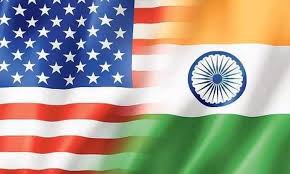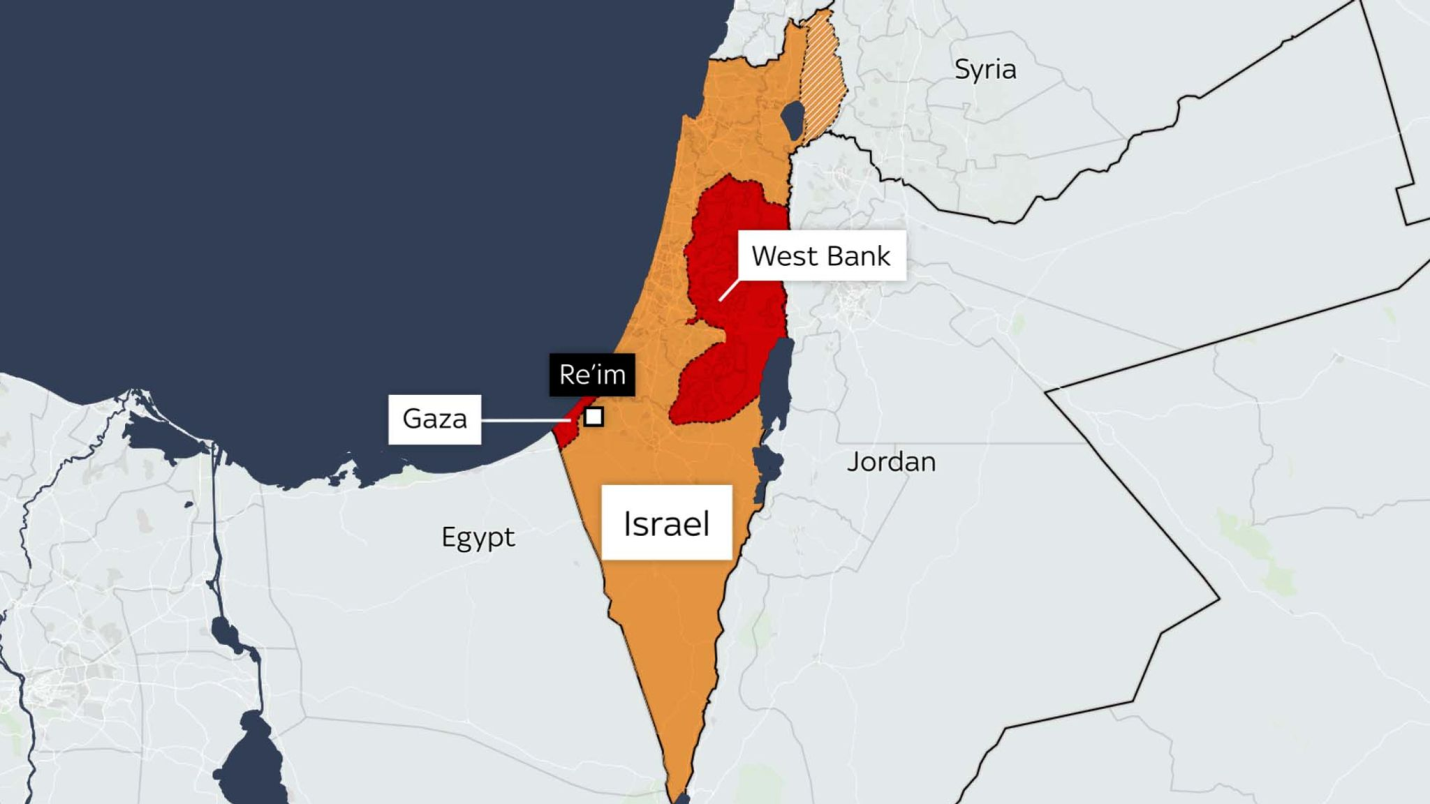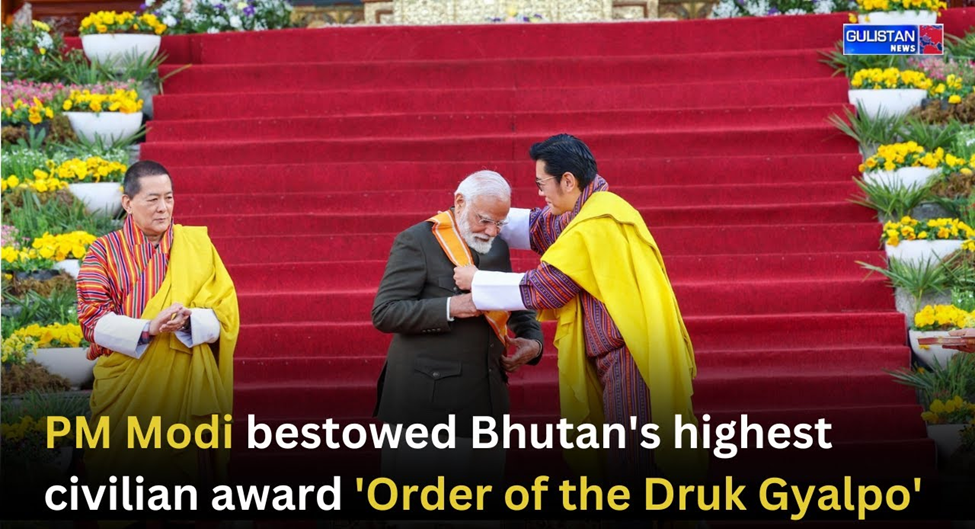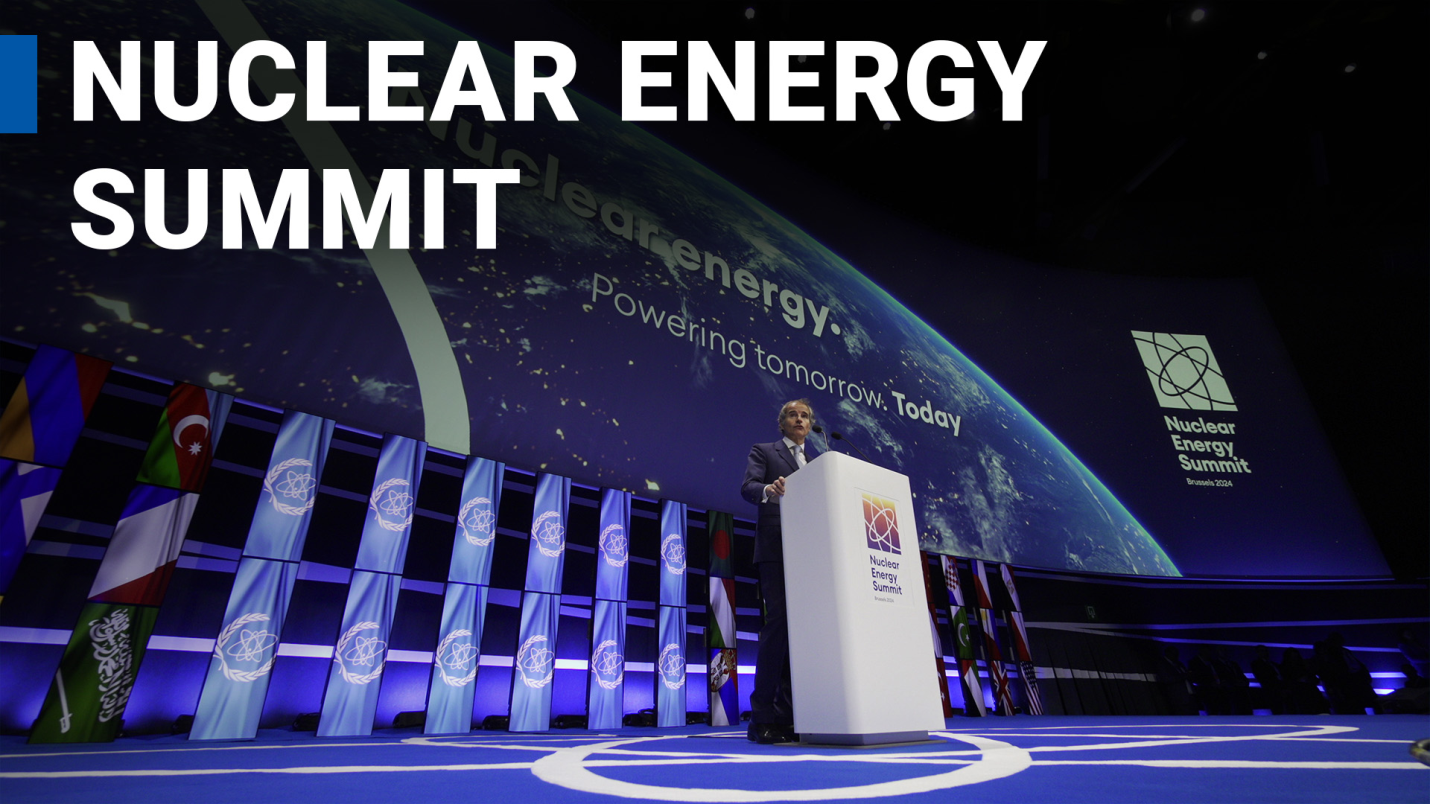Description

Copyright infringement is not intended
The story so far:
- The United States and India committed to integrating their economies across sectors to harness the untapped potential of the bilateral relationship, at the Trade Policy Forum convened after a gap of four years.
- Trade Policy Forum resolved to take economic ties between the two countries to the ‘next high level’ and exchanged views on ‘potential targeted tariff reductions’.
- The two sides decided to activate working groups of the Trade Policy Forum (TPF) on agriculture, non-agriculture goods, services, investment, and intellectual property to meet frequently and address issues of mutual concern in a mutually beneficial manner.
- The idea is to deliver tangible benefits to farmers and businesses of both countries by resolving outstanding market access issues.
Other high-level dialogue mechanisms between India-U.S.:
India and the U.S. have more than 50 bilateral inter-governmental dialogue mechanisms for exchange of views on issues of mutual interest. A number of such dialogue mechanisms are held at the Ministerial level including:
- India-U.S. 2+2 Ministerial Dialogue:India-U.S. 2+2 Ministerial Dialogue is led by the heads of foreign and defence ministries of India and the U.S. Two rounds of this Dialogue have been held so far.
- India-U.S. Commercial Dialogue:The India-U.S. Commercial Dialogue is led by the Minister of Commerce and Industry (CIM) and the U.S. Secretary of Commerce.
- India – U.S. Economic and Financial Partnership:The India – U.S. Economic and Financial Partnership is led by the Finance Minister (FM) and the U.S. Secretary of the Treasury.
- India-U.S. Trade Policy Forum: The India-U.S. Trade Policy Forum is led by CIM and the U.S. Trade Representative (USTR).
- India-U.S. Strategic Energy Partnership: The India-U.S. Strategic Energy Partnership is led by the Minister of Petroleum and Natural Gas and the U.S. Secretary of Energy.
- India-U.S. Homeland Security Dialogue (HSD):The India-U.S. Homeland Security Dialogue is led by the Minister of Home Affairs and the Secretary, U.S. Department of Homeland Security.
Bilateral engagement between India and the U.S.
Defence:
- Defence relationship has emerged as a major pillar of India- U.S. strategic partnership with intensification in defence trade, joint exercises, personnel exchanges, and cooperation in maritime security and counter-piracy.
- India conducts more bilateral exercises with the U.S. than with any other country. Some important bilateral exercises are: Yudh Abhyas, Vajra Prahar, Tarkash, Tiger Triumph, and Cope India.
- Aggregate worth of defence-related acquisitions from the U.S. is more than US$ 15 billion.
- The India-U.S. Defence Technology and Trade Initiative(DTTI) is aimed at promoting co-development and co- production efforts.
- In June 2016, the U.S. recognized India as a "Major Defence Partner",which commits the U.S. to facilitate technology sharing with India to a level commensurate with that of its closest allies and partners.
- The announcement of India’s elevation to Tier I of the Strategic Trade Authorization (STA)license exception will further contribute towards facilitating interaction in advanced and sensitive technologies.
- Apart from the 2+2 Ministerial Dialogue, some other important dialogue mechanisms on defence cooperation are: Defence Policy Group, Military Cooperation Group, Defense Technology and Trade Initiative etc.
Counter-terrorism and internal security:
- The bilateral Joint Working Group on Counter-Terrorismis an important mechanism in this regard.
- Both sides have also been working together in law- enforcement and security cooperation through the six subgroups under the HSD.
- Apart from the above, both sides also cooperate with each other on counter-terrorism and security issues in various multilateral bodies.
- Cyber security cooperation between India and the U.S. is carried out under the India-U.S. Cyber Framework.
- The two important dialogue mechanisms in this domain are – India-U.S. Cyber Security Dialogue and the India-U.S. Joint Working Group on ICT.
Trade and Economic:
- The U.S. is India’s largest trading partner, goods and services combined.
- Bilateral trade in goods and services grew by more than 10% per annum over the past two years to reach US$ 142 billion in 2018.
- India’s goods exports to the U.S. were valued at US$ 54 billion and India’s goods imports from the U.S. were valued at US$ 33 billion.
- India’s services exports to the U.S. were valued at US$ 28.7 billion and India’s imports of services from U.S. were valued at US $ 25.8 billion.
- direct investments in India are estimated at about US$ 44.5 billion whereas Indian FDI in U.S. is estimated at US$ 18 billion.
Energy:
- The U.S. has emerged as a key partner for India in the field of energy.
- The bilateral Strategic Energy Partnershiplaunched in 2018 is robust and witnessing increasing diversification across both conventional and renewable energy sources.
- An India-U.S. Natural Gas Task Force was also created.
- India has started importing crude and LNG from the U.S.from 2017 and 2018 respectively.
Civil Nuclear Cooperation:
- The bilateral civil nuclear cooperation agreement was signed in October 2008.
- India and the U.S. have a Civil Nuclear Energy Working group on R&D activities.
- A U.S. company - Westinghouse is in discussions with Nuclear Power Corporation of India Limited (NPCIL)for implementation of a project that envisages six AP 1000 reactors at Kovvada (A.P.).
S&T/Space:
- The multi-faceted cooperation between India and the U.S. in the field of Science and Technology has been growing steadily under the framework of the India-U.S. Science and Technology Cooperation Agreement signed in 2005, renewed in 2019.
- The Indo-U.S. Science & Technology Forumwas established to promote cooperation in Science, Technology and Innovation.
- Both countries also have a long history of cooperation in civil space arena that includes cooperation in earth observation, satellite navigation, and space science and exploration.
- The India-U.S Joint Working Group on Civil Space Cooperationregularly reviews the status of cooperation and identifies new areas for furthering space cooperation.
- ISRO and NASAare also working towards intensifying cooperation in Mars exploration, heliophysics, and human spaceflight through relevant working groups between both sides.
Indian Diaspora:
- The number of Indians and Indian Americans in the U.S. is estimated at around 4 million, which accounts for almost 1% of the total U.S. population.
- It includes a large number of professionals, entrepreneurs and educationists with considerable and increasing influence in U.S. polity, economy and the society.
- US is one of the most favored destinations by Indian students for higher education. More than 200,000 Indian students are currently pursuing various courses in the U.S.
Regional and International Cooperation:
- Both countries are collaborating and coordinating on a number of regional and global issues in both security as well as development spheres.
- Both are also engaged in areas such as maritime and cyber security, humanitarian assistance and disaster relief efforts.
- The U.S. has expressed support for India’s permanent membership on a reformed U.N. Security Council and for India’s early membership in the Nuclear Suppliers Group.
- India and the U.S. remain engaged to promote peace; prosperity; and security, in the Indo-Pacific as well as globally.
Four foundational agreements:
- GSOMIA (General Security of Military Information Agreement):It guaranteed that the two countries would protect any classified information or technology that they shared. It was aimed at promoting interoperability and laid the foundation for future US arms sales to the country.
- LEMOA (Logistics Exchange Memorandum of Agreement):LEMOA allows the militaries of the US and India to replenish from each other’s bases, and access supplies, spare parts and services from each other’s land facilities, air bases, and ports, which can then be reimbursed.
- COMCASA (Communications Compatibility and Security Agreement):The pact allows the US to provide India with its encrypted communications equipment and systems so that Indian and US military commanders, aircraft and ships, can communicate through secure networks during both peace and war.
- BECA (Basic Exchange and Cooperation Agreement):facilitates the provision of targeting and navigation information from US systems.
Frictions in INDIA-USA relations
- Trade related:like removal of India from its list of developing countries and taking off India from list of beneficiary-developing countries under its scheme of Generalized System of Preferences.
- Tariffs war:In 2018, the US imposed additional tariffs of 25% on steel and 10% on aluminum imports from various countries, including India, India’s refusal to remove the 20% tariffs on ICT products.
- WTO disputes:like Capping prices of medical devices by India, greater Indian market access for American agriculture and dairy products etc.
- IPR:India is also on U.S.’s Priority Watch List.
- H1B visas: US has ramped up H-1B denials.
- ’s soft policy towards Pakistan and tensions with Iran, Russia and divergence of interests in Afghanistan.
Analysis:
For a strategic partnership to blossom, the presence of three factors is necessary. There must be
1) Long term vision
2) Volume of exchange
3) Defense and security part or understanding.
Principal variables that would drive Indo–US relations in the future:
- Pakistan and Terrorism.
- Economics/Trade and finance.
- Managing the global commons.
- 7 Es: Economics, Ecology, Epidemics, Education, Ethnicity and emancipation, Energy, and Entente (coming together in the area of defence, space and technology).
Variables that would prove to be impediments to the growth of the Indo–US strategic partnership in the future:
- US domestic problems: Political disunity, protectionism etc
- Fear of China’s rise at the cost of US power
- India’s domestic problems: Issues such as Naxal insurgency, corruption, bureaucratic delays and anti-American feeling among certain sections of the Indian polity.
8 principal areas of Indo–US cooperation:
- Possible support for India in UNSC:Amid India’s push for UN Security Council reforms, the US has said it supports building a consensus for a “modest” expansion of the Council for both permanent and non-permanent members, provided it does not diminish its effectiveness or its efficacy and does not alter or expand the veto.
- US Entity List:removing entities from the US Entity List would certainly consolidate the relationship.
- Economic aspect of the relationship will also be crucial. $10 b worth deals with various Indian corporations suggest that the US is looking for Indian investments which would create jobs in the US.
- India getting US support for membership in four export control regimes:what are the criteria for memberships and how other countries react and whether US can push Indian claim.
- Pakistan-US relations:US military aid to Pakistan would continue to be an area of irritation for India.
- Counter–terrorism:some good cooperation has happened between India and the US. But this cooperation needs to be deepened further given that the US is still reluctant to share intelligence about Pakistan with India.
- India expects the US to advocate and support a greater role for India in Afghanistan. Pakistan’s efforts to exclude India’s role in Afghanistan has been voiced by India with the US.
- Good relations with Chinaare important for both countries and neither country wants to offend China. There continues to be a divergence between India and the US on Iran and Myanmar. Convergence will take time to develop. There is anti-US sentiment in India in some political quarters. Finally, stronger Indo-US relations may alienate other countries and allies like Russia and China
https://www.thehindu.com/business/Industry/india-and-us-resolve-to-fix-trade-tangles-take-economic-ties-to-next-level/article37642598.ece?homepage=true















